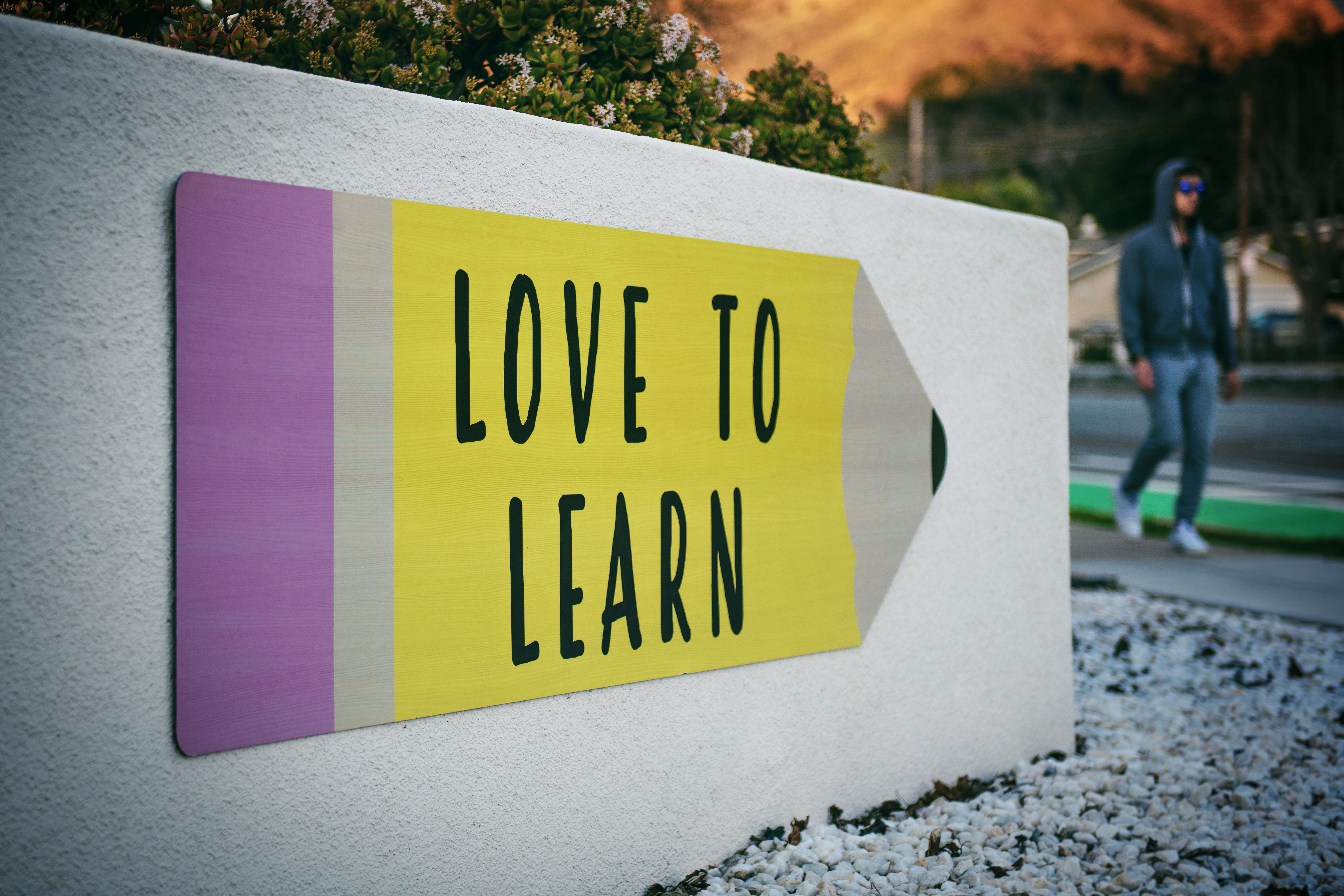Understanding your learning style can transform the way you approach studying in law school.
As a law school student, you likely want to make the most effective use of your study periods. When it comes to studying, it’s important to realize that not everyone learns the same way. Your learning style refers to the way you absorb, process and organize the information you receive. Every student has a unique learning style, and it makes all the difference.
Understanding your particular learning style can help you craft your study habits accordingly, so that you can find an enjoyable approach that works for you. It can also make you more confident with new material, so that you are able to take charge of your learning and successfully navigate stressful exam periods. With that in mind, here are key tips for harnessing your learning style as a law student.
- Identify Your Preferred Learning Style
There are three main learning styles: visual, auditory, and kinesthetic.
Visual
A visual student absorbs information best by seeing things. This kind of learner can often literally picture the information, i.e. through words or images. Being a visual learner in law school is helpful, since you are presented with a lot of written material that you are expected to read and outline. If you struggle with classes where the professor does not use slides to aid the lecture, you’re likely a visual learner.
Auditory
An auditory student absorbs information best by hearing things. Unlike a visual learner, an auditory learner may struggle to retain the information that he or she reads in books. However, if you learn this way, you may retain information better when you listen to conversations with peers, podcasts, or your favourite history audiobooks about legal precedents. Moreover, when you listen to audio recordings of your lectures, you may find that you are able to recite the professor’s words almost verbatim.
Kinesthetic

A kinesthetic student absorbs information best through hands-on studying and doing things. Such learners often find it difficult to sit still for long periods of time, such as during a lecture or lengthy exam. If you found yourself most comfortable with active classes in high school, such as drama and science labs, you might be a kinesthetic learner. Additionally, kinesthetic learners tend to excel at activities that require muscle memory, such as painting or playing a musical instrument.
- Adapt Your Study Activities Accordingly
Once you’ve fully identified your learning style, such as through taking an online test, it’s time to adjust the way you study. Here are strategies for each of the three learning styles:
Strategies for Visual Learners
If you’re a visual learner, you’re likely not going to remember everything you hear in your lectures. Instead, you’ll likely need to take detailed notes that you can reread and rewrite when you study. Try to make use of visual cues and diagrams such as flowcharts that can help you visualize the material better.
Write down key phrases, case law, and anything else the instructor emphasizes. You might also find it helpful to get out a whiteboard and draw out answers to hypothetical practice questions. To consolidate the concepts you learn, search for relevant images and videos that illustrate the course content.
Strategies for Auditory Learners
If you’re an auditory learner, it’s especially important to pay attention in lectures since listening is how you will retain information. If it’s allowed, record your lectures and replay them to allow memorisation of key legal principles, cases and arguments. When finding your reading material for class, look for an audio version of the book and read along with it.
It’s also a good idea to discuss complex concepts with your professor or TA in office hours. Any opportunity you get to hear the material again will improve your retention, so be sure to participate in group discussions and debates about the topics discussed in class.
Strategies for Kinesthetic Learners
If you’re a kinesthetic learner, look for ways to involve movement in your study process. For instance, you could listen to audio recordings of lectures and notes while going for a walk. When studying, mime or create actions for certain pieces of information to boost your memory. If you’re feeling particularly creative, find another kinaesthetic law student to carry out role-plays of cases you’re trying to learn.
To avoid getting restless when studying, try to take frequent breaks. Move about, stretch your legs, and give yourself time to absorb the material you’ve just covered. When in class, you might also find it helpful to sit near a door or the back of the classroom, so you can move around freely without distracting people around you.
- Implement Active vs. Passive Learning
While each student may be better suited to one of the above learning strategies, there is one thing all law students can benefit from: active learning.
What’s the difference between active and passive learning? Well, passive learning involves the transmission of information from a teacher to a learner with little two-way interaction. When students learn passively, they don’t do much with the information presented.
On the other hand, active learning occurs when students take a participatory role in the learning process. You engage in active learning by creating a personal development plan, asking insightful questions, and looking for ways to connect the dots in your knowledge. The process of active learning activates divergent thinking, which helps students think less in terms of individual concepts and more in terms of the big picture.
You can implement active learning by:
- Making notes in your own words
- Engaging in case studies or simulations
- Reflecting on a topic covered in class
- Actively self-monitoring your learning
- Using quizzes to recall information
- Thinking of questions to ask your lecturer
These methods will help you build a stronger connection with the material you study, so that you can easily recall it during exams, and apply your knowledge to real-life situations.
Final Thoughts
Understanding your learning style can transform the way you approach studying in law school. One of the things about law school and education in general is we’re taught that there’s only one or two ways to learn. But this simply isn’t true, and you’ll likely realize this if you’ve been struggling with one particular method. By paying attention to your current learning patterns, you will be able to discover and harness your unique learning style.The more you discover what works best for you, the more confidence and control you will gain as a student.


Join the conversation!